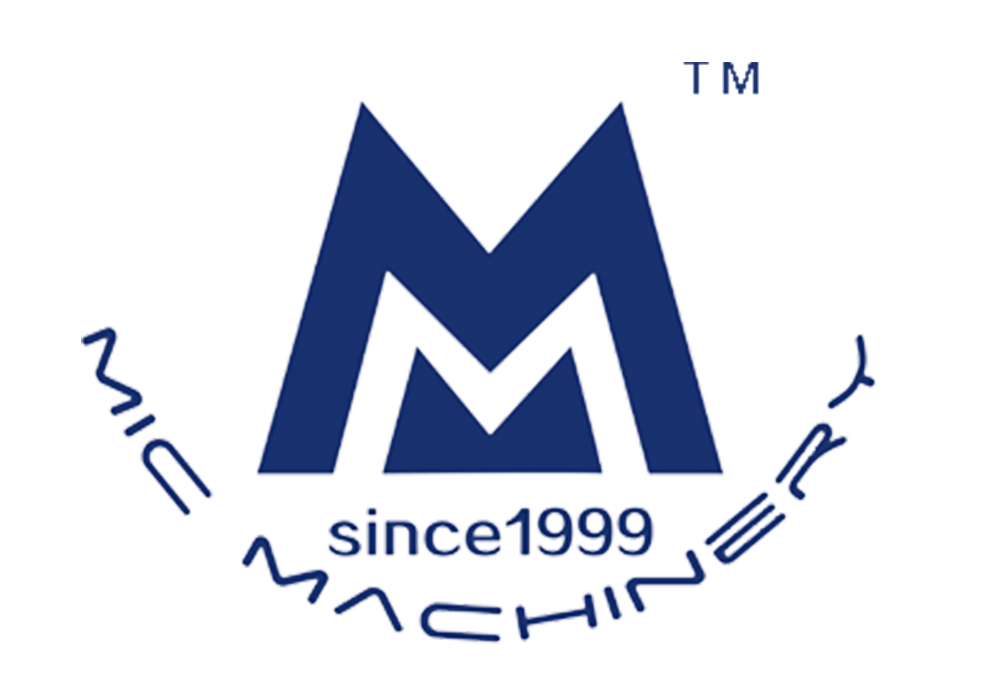Edible Oil Filling Machine Buying Tips: Key Factors to Consider Before Investment
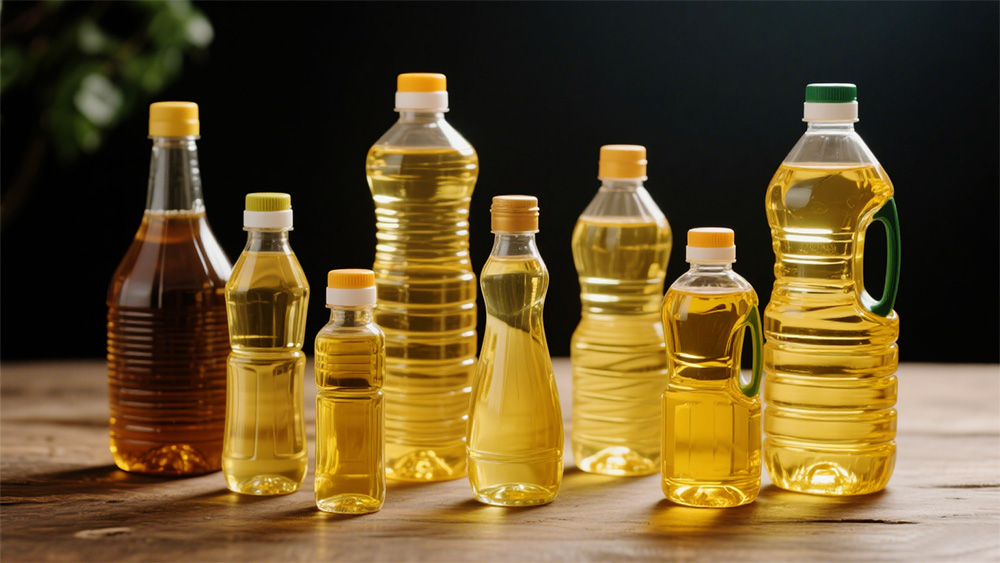
Investing in an edible oil filling machine is a significant decision for any manufacturer or bottler seeking to improve efficiency, maintain product integrity, and meet growing demand. With various models and features available, it’s crucial to understand the factors that influence machine performance, cost, and long-term reliability. This guide will help you navigate essential considerations before purchasing an edible oil filling machine, so you can make an informed choice that aligns with your production requirements.
Understand Different Machine Types
When evaluating an edible oil filling machine, start by identifying the most suitable automation level:

Semi-Automatic Fillers: Ideal for small-scale operations or start-ups. Operators manually place containers on the conveyor and trigger the filling cycle. Although labor-intensive, these machines require lower upfront costs.
Fully Automatic Fillers: Best for medium to large facilities with high-volume output. These systems handle container positioning, filling, and transfer without manual intervention, delivering consistent speed and accuracy.
Inline vs. Rotary Systems:
Inline Fillers: Feature a straight conveyor path. Suitable for facilities with limited floor space or linear workflows.
Rotary Fillers: Utilize a circular carousel design, allowing multiple filling heads to work simultaneously. Excellent for high-throughput operations where maximizing bottles per minute is critical.
By matching the filler type to your floor layout and production targets, you ensure that the edible oil filling machine integrates seamlessly into your existing line.
Determine Required Production Capacity
Knowing your daily or hourly production goals is crucial. Evaluate machines based on:
Output (Bottles Per Minute, BPM): Small producers may need 20–30 BPM, whereas large manufacturers often require over 100 BPM.
Scalability: Some edible oil filling machine models allow for future expansion via additional filling heads or modular conveyor extensions. Investing in scalable equipment can save on replacement costs down the line.
Select a machine whose capacity meets or slightly exceeds your current requirements, providing room for growth without overpaying for unused speed.
Prioritize Filling Accuracy and Consistency
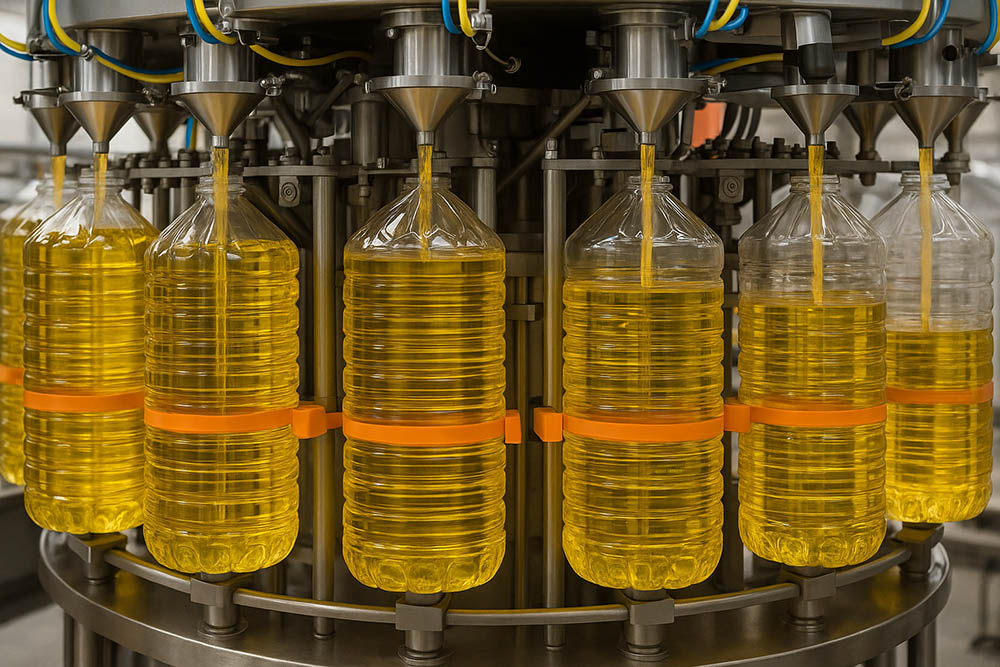
Accurate filling is vital for maintaining product quality, minimizing waste, and ensuring regulatory compliance. Key considerations include:
Fill Tolerance: Look at the ± milliliter accuracy rating. A tighter tolerance reduces giveaway and cut-off errors.
Filling Method:
Piston Fillers: Often preferred for thicker oils due to precise volumetric control.
Servo-Driven Pumps: Provide excellent accuracy across varying viscosities, making them versatile for seasonal changes in oil thickness.
Repeatability: Test how consistently the machine fills consecutive bottles. Consistency minimizes rework and prevents labeling disputes.
A high-precision edible oil filling machine pays for itself by reducing product loss and maintaining brand reputation.
Match Machine Design to Oil Viscosity
Edible oils range from light canola and sunflower to denser palm or specialty blends. To avoid clogging or inaccurate dosing:
Pump Selection:
Gear Pumps: Handle low- to medium-viscosity oils with minimal pulsing.
Lobe or Rotary Pumps: Better for higher-viscosity oils but may require additional maintenance.
Nozzle Design: Anti-drip nozzles help maintain a clean line and reduce oil drips. Wide-bore nozzles suit viscous oils, while slim nozzles speed up filling of thinner oils.
Adjustable Filling Settings: Ensure the edible oil filling machine offers programmable parameters—such as fill time and pump speed—to adapt to viscosity shifts or new formulations.
Matching pump and nozzle configurations to your oil types ensures smooth operation and prevents downtime.
Ensure Hygienic Construction and Material Quality
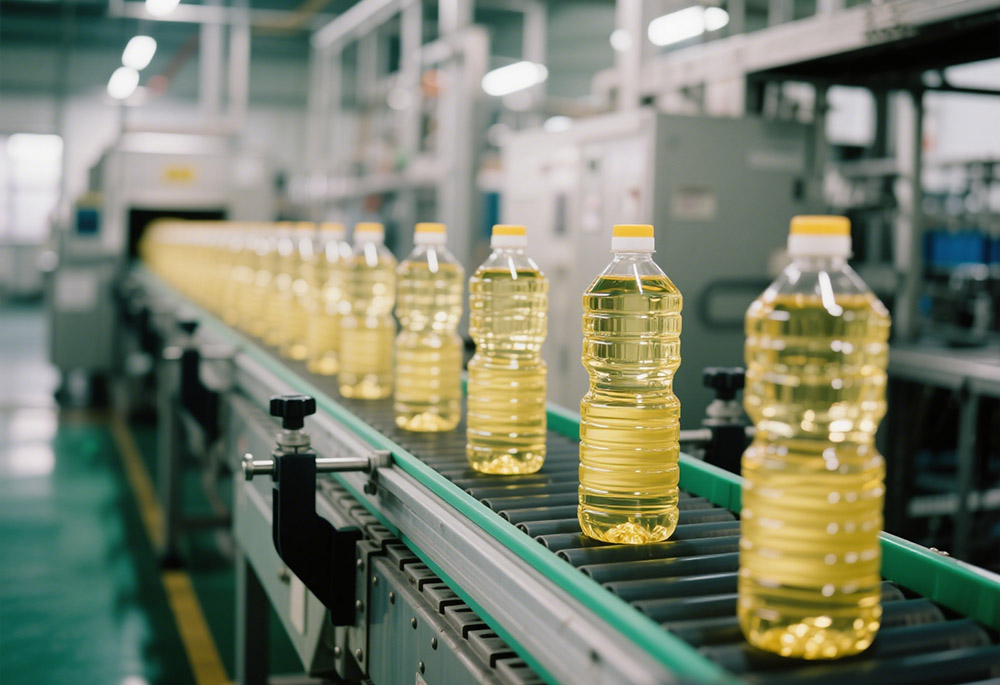
Since edible oils are consumable products, machine sanitation and material selection are non-negotiable:
Food-Grade Stainless Steel: Look for 304 or 316L stainless steel contact parts. These grades resist corrosion, minimize contamination risks, and withstand regular washdowns.
Seamless Welds and Sanitary Fittings: Machines with polished welds and clamp-style connections allow easier disassembly, speeding up cleaning and reducing bacterial harborage points.
Compliance and Certifications: Verify that the edible oil filling machine meets relevant standards—such as CE (European Conformity), FDA (U.S. Food and Drug Administration), or ISO 22000—to ensure adherence to food safety regulations.
A hygienically designed machine not only protects consumer health but also simplifies routine sanitation and validation procedures.
Evaluate Ease of Operation and Maintenance
Operational simplicity reduces training time and unplanned stoppages. Key features to consider:
User-Friendly Control Panel: A clear touchscreen interface with intuitive icons, real-time status updates, and recipe storage helps operators quickly switch between products.
Quick-Release Nozzles and Modular Components: Simplify routine cleaning or component swaps. Look for machines where pumps, valves, and sensors can be serviced without specialized tools.
Maintenance Schedule: Check the manufacturer’s guidelines for lubrication intervals, pump rebuild cycles, and calibration needs. A machine with longer service intervals reduces downtime and lowers operating expenses.
By choosing an edible oil filling machine designed for quick access and straightforward controls, you empower your team to maintain peak productivity.
Compare Total Cost of Ownership (TCO)
While upfront cost is important, TCO gives a clearer picture of long-term investment:
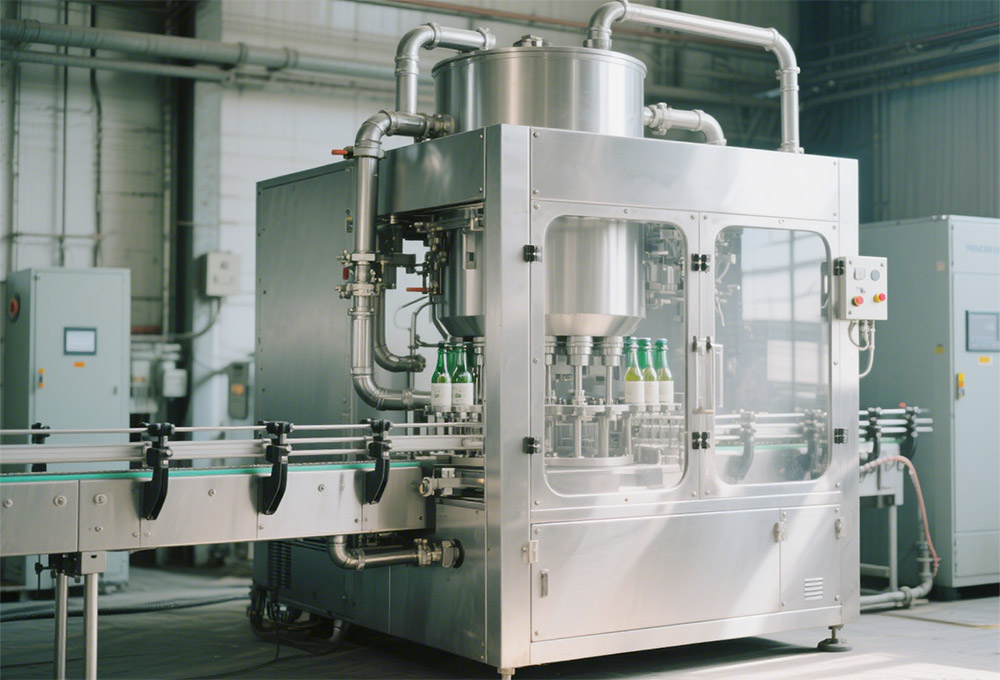
Initial Purchase Price: Gather quotes that include base machine, standard accessories, and any essential add-ons (e.g., stainless-steel conveyors or safety guards).
Energy Consumption: High-efficiency motors and variable frequency drives (VFDs) optimize power usage. An energy-efficient machine saves on utility bills, especially for round-the-clock production.
Spare Parts and Consumables: Ask about the availability and pricing of critical spares—seals, gaskets, and pump components.
Labor Costs: Fully automatic edible oil filling machine models reduce manual labor, while semi-automatic options may require more staffing.
Downtime Risk: Evaluate machine reliability ratings, warranty coverage, and average lead time for replacement parts. Less downtime translates to more consistent output.
A thorough TCO analysis ensures that you balance immediate budget constraints with long-term operational efficiency.
Verify After-Sales Support and Warranty
Strong after-sales service can make or break your investment:
Technical Support: Confirm that the vendor provides timely remote diagnostics, on-site field service, and access to a knowledgeable support team.
Spare Parts Inventory: Choose a supplier with a well-stocked parts warehouse—especially for critical items such as pumps and PLC components—to minimize wait times.
Warranty Terms: Seek a minimum one-year warranty covering electrical components, pumps, and control systems. Extended warranty or service-plan options can offer additional peace of mind.
Training and Documentation: Ensure that the purchase includes operator training, maintenance manuals, and troubleshooting guides to help your staff get up and running quickly.
With reliable support and clear warranty terms, you safeguard your production line against unexpected setbacks.
Optimize Floor Space and Layout Integration
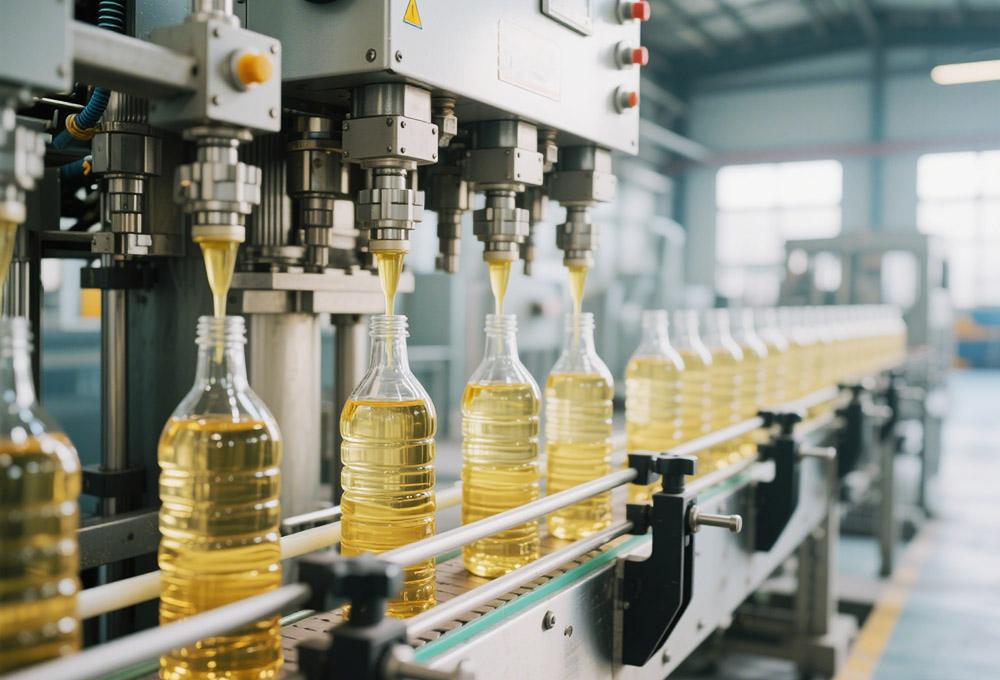
Before finalizing your purchase, plan how the edible oil filling machine will fit into your facility:
a. Measure Available Space: Account for machine footprint, clearance for loading/unloading, and walkway requirements for operators and maintenance personnel.
b. Conveyor Compatibility: Ensure that any new conveyor sections match existing line speeds and heights.
c. Electrical and Utility Connections: Confirm voltage, phase, and pneumatic requirements. Pre-installation site surveys prevent costly retrofits or delays.
d. Workflow Flowchart: Map raw oil delivery, filling, capping, labeling, and packing areas to streamline material handling and reduce cross-contamination risks.
A well-designed floor layout minimizes material handling times and maximizes throughput for your edible oil filling machine.
Assess Customization and Future Growth
As your product line expands, you may need additional features or scaling options:
Modular Filling Heads: Some edible oil filling machine models allow you to add extra heads, increasing output without replacing the entire machine.
Accessory Integration: Look for compatibility with upstream degassing or filtration units, and downstream capping, labeling, or case-packing stations.
Control System Flexibility: Choose a machine with open-architecture PLCs that accept software upgrades and custom HMI recipes—enabling you to accommodate new bottle sizes or formulations easily.
Planning for customization now helps ensure that your investment continues to deliver value as market demands evolve.
